

Uh oh...
It appears that you're using a severely outdated version of Safari on Windows. Many features won't work correctly, and functionality can't be guaranteed. Please try viewing this website in Edge, Mozilla, Chrome, or another modern browser. Sorry for any inconvenience this may have caused!
Read More about this safari issue.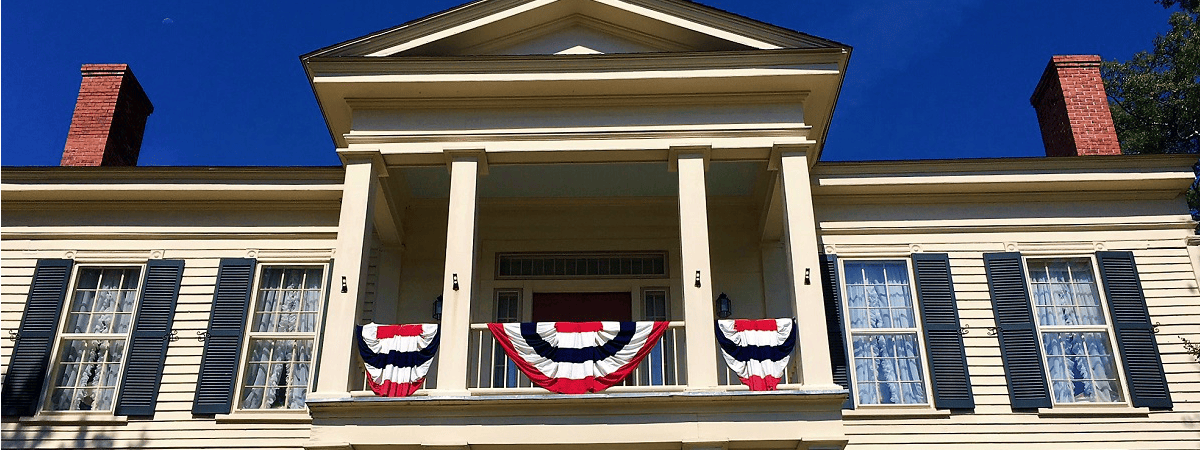

Old homes are one of my greatest loves, and I’ve toured many of them. From sea captain homes on the west coast, to colonial homes in the east, to antebellum mansions in the south, they all have their own special styles and histories. I was lucky enough to tour the Newton House in El Dorado a few weeks ago, and what most impressed me was the personal nature of the home. It is still packed with memories, even after standing for almost 170 years. While architecturally stunning, the home also possesses many personal items from the families who resided within its walls. Clothes, portraits, original pianos from New Orleans, and even names long ago scratched into window glass, the Newton House not only represents a piece of history, but history also still lives on inside its walls.
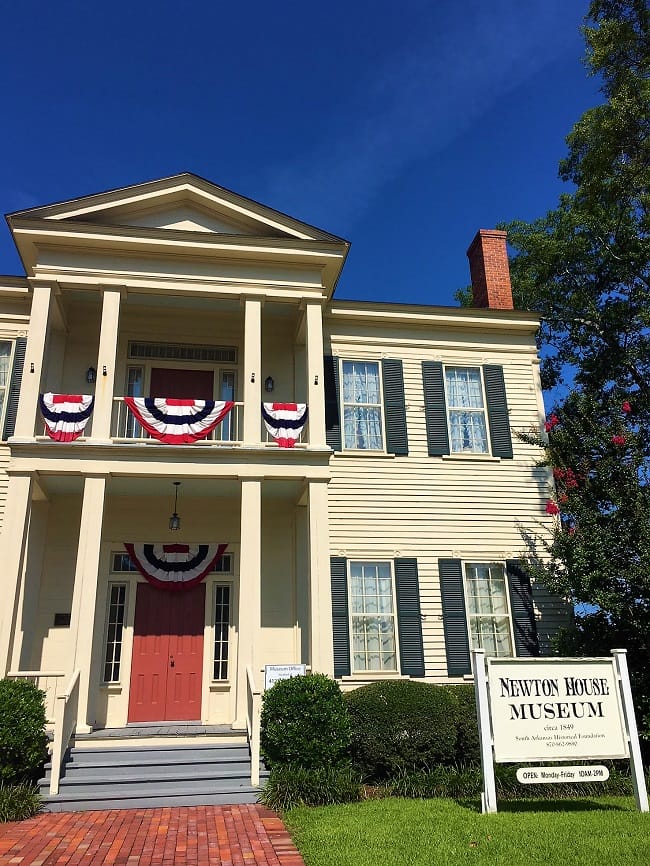
My sister and I visited on what might have been the hottest day of the summer. Even the wind that blew across the lawn possessed furnace-level intensity. But as we stood on the front porch of Newton House (the home was moved from its original location, which is where Murphy Oil is currently located), it struck me that this home was different from other southern “plantation” homes. It was more reserved, more stately than grand, more practical than ostentatious.
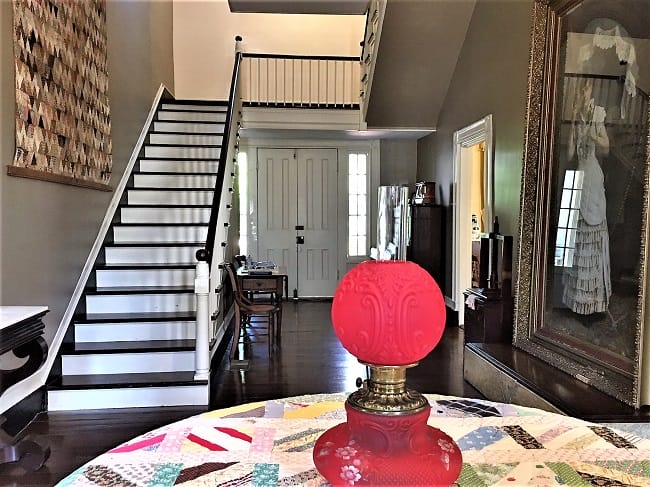
We began our tour in the foyer of the home, and our tour guide, Darrin Riley, began to tell us not only about the house but also about much of El Dorado’s early history. Interestingly enough, the land on which the Newton House and farmlands would eventually reside originally belonged to Nancy Blake Rainey. Local Native Americans at the time deeded the land specifically to her because, as the historical legend goes, she was “kind.” Nancy is also credited for bringing the first Magnolia trees to El Dorado. John and Penelope Newton purchased this land from the Raineys and built Newton House around 1849.
The home was built with many French influences, with soaring ceilings and period furniture shipped from New Orleans. John Newton reportedly referred to his new home as “an expensive barn.” But as I walked through the beautiful parlors and admired Penelope’s original pianos (shipped from New Orleans and delivered by wagon), I’m fairly sure she enjoyed her home too much to pay attention to her husband’s complaints. The original room colors would have been painted in simple yellows and blues, and while the house is grand, it is apparent that it was also built as a practical home for frontier living.
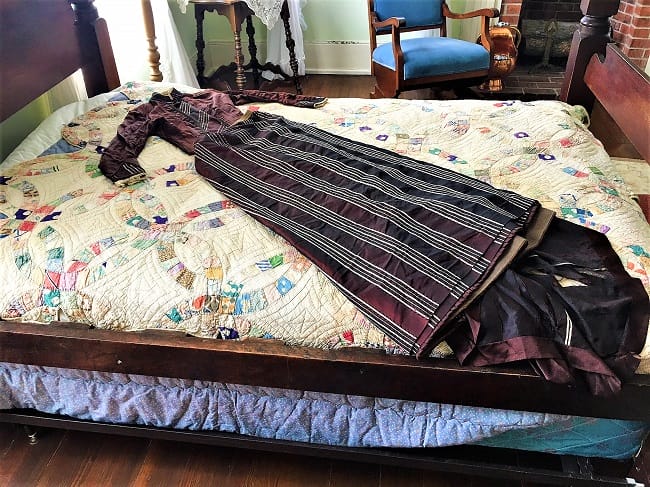
The house is full of personal artifacts connected back to the Newton family. Mary Alabama, the Newtons’ daughter, had a dress that can still be viewed in one of the upstairs bedrooms. The dress’s multiple heavy layers gave my sister and I pause on such a sweltering summer day, and we were once again gratified that we are indeed living in the right time period. We also eyed the “16-inch waistline” of the dress (the preferred female waist measurements of the time). Our kind tour guide, Darrin, explained, “People were smaller back then.” And while that may certainly be true, I also figured that the nonexistence of fast food, combined with the torture device known as a corset, had a lot to do with those measurements.
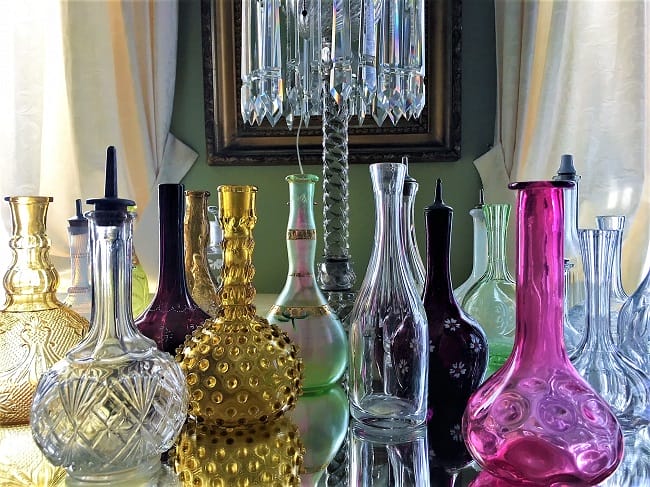
As my sister and I proceeded through the tour with our non-16-inch waistlines, we viewed a collection of antique barber glass bottles, the children’s nursery, and a large portrait in the main foyer of Mary Carrigan Miles. Miles was a woman who wed Mary Alabama’s next-door neighbor, moved from the East Coast to El Dorado, lasted 3 months, declared she wasn’t living there any longer and went back home. Her large portrait still remains.
The Newton family would face its fair share of tragedy. John Newton died while fairly young, leaving the massive farming operation squarely on Penelope’s shoulders. She managed to hold things together, even throughout the Civil War while the house served as a makeshift hospital for soldiers. Even after the civil war, when most major plantations and farms were lost due to taxes, the Newton House survived.

Only four of Penelope’s six children would survive to adulthood, and two of her adult sons were killed during the Civil War. Penelope was referred to as “Lady Penelope” by the locals, and she was known for her hard work and freethinking during a time period when most women weren’t in leadership positions. She was a contradiction, as historical documents show she owned a large number of slaves yet provided them with individual family homes and education. In her correspondence and dairies, she wrote about why the Civil War came about, and what could/should have been done to avoid it.
Mary Alabama was the sole surviving heir to the Newton Estate after Penelope passed away, and she and her husband raised their family there. One of their daughters became engaged and was so elated, she used her engagement ring to etch their initials in the parlor window glass. The South Arkansas Historical Preservation Society preserved the glass during a renovation, and it’s now framed on the wall of the parlor.
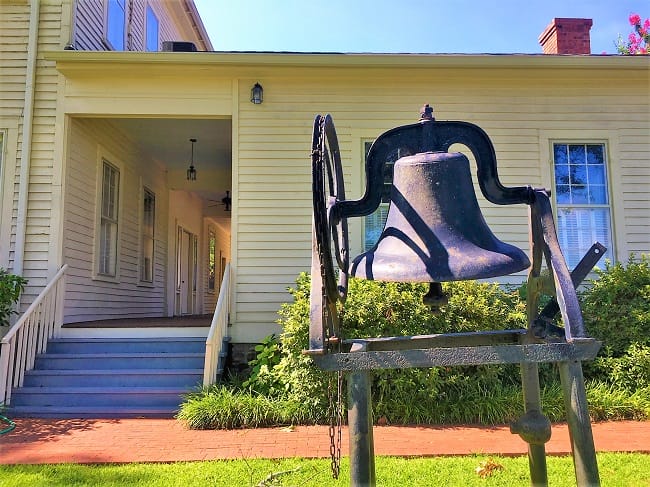
In truth, the etching put a bit of lump in my throat. I’ve visited many old homes, and the real humanity of their residents sometimes feels far removed by hundreds of years. But standing in the Newton House, looking at the glass-etched initials of a young girl in love, the years seemed to fall away. I stood in an antebellum home, remembering writing my name on the bunk bed on the back porch of my grandparent’s house. It seemed as if, in that moment, that these pieces of history happened only just a few moments ago.
For more information on the Newton House and The South Arkansas Historical Preservation Society, visit their website here.
Join the Conversation
Leave a Comment
3 responses to “The Newton House: Where Southern Memories Live”
 Leave a Reply
Leave a Reply
We do the work.
You check your email.
Sign up for our weekly e-news.
Get stories sent straight to your inbox!







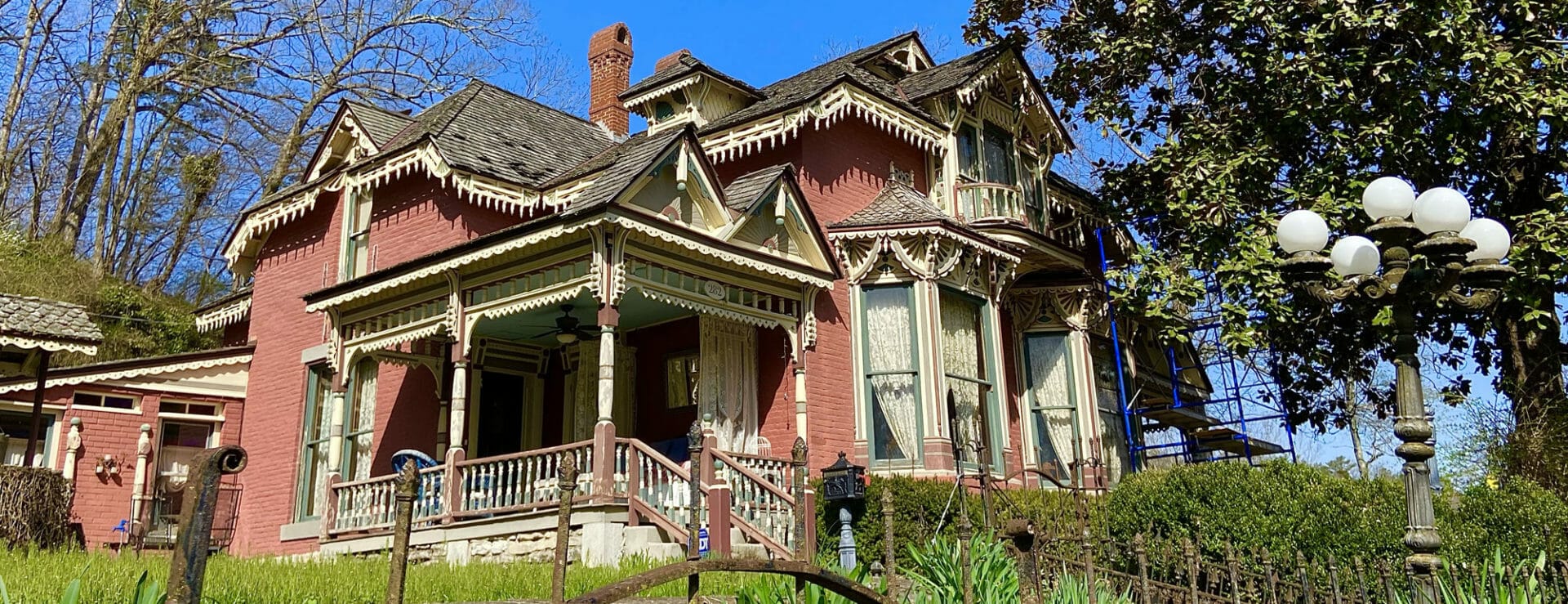


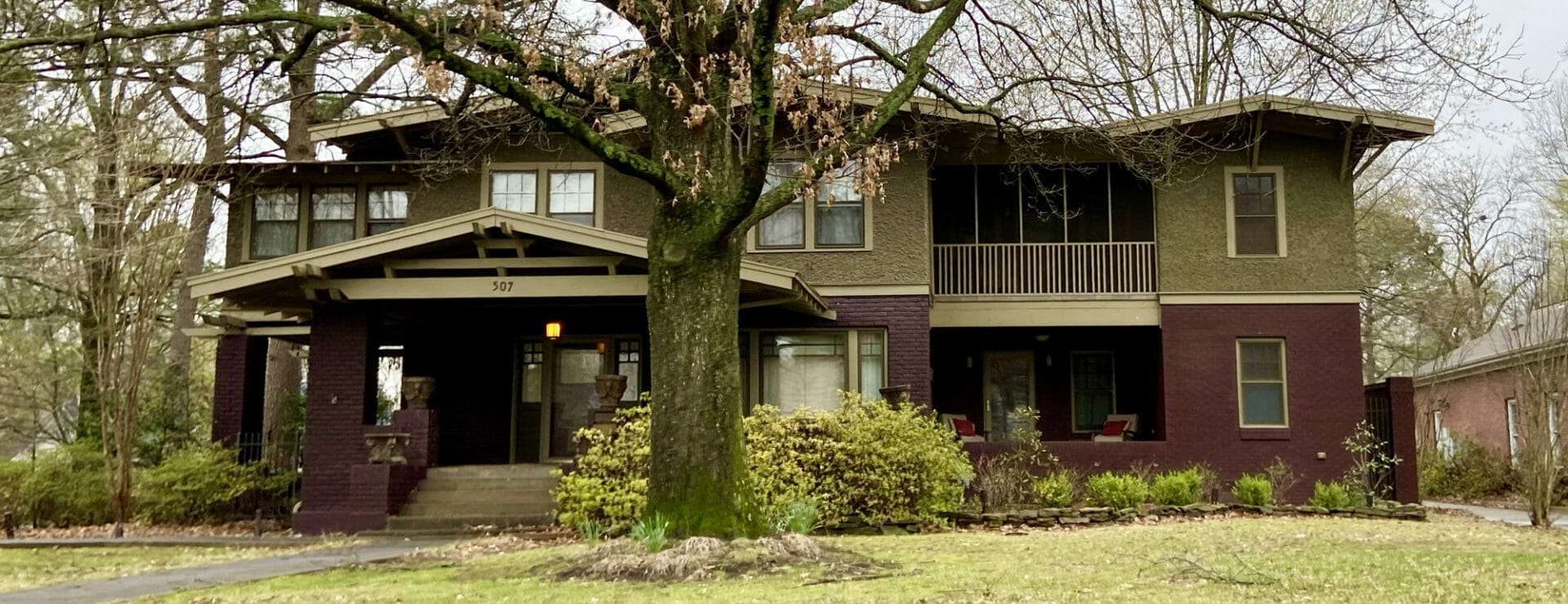
 Leave a Reply
Leave a Reply
[…] the Society’s most important project is considered its restoration and preservation of the home of John and Penelope Newton, early settlers of Union County. The home was placed on the National Register of Historic Places on […]
[…] street festival with craft and food vendors, a vintage market, an antique car and motorcycle show, Newton House Museum tours and kid’s activities. It is a great day of family fun held on the grounds of the Newton […]
[…] street festival with craft and food vendors, a vintage market, an antique car and motorcycle show, Newton House Museum tours and kid’s activities. It is a great day of family fun held on the grounds of the Newton […]